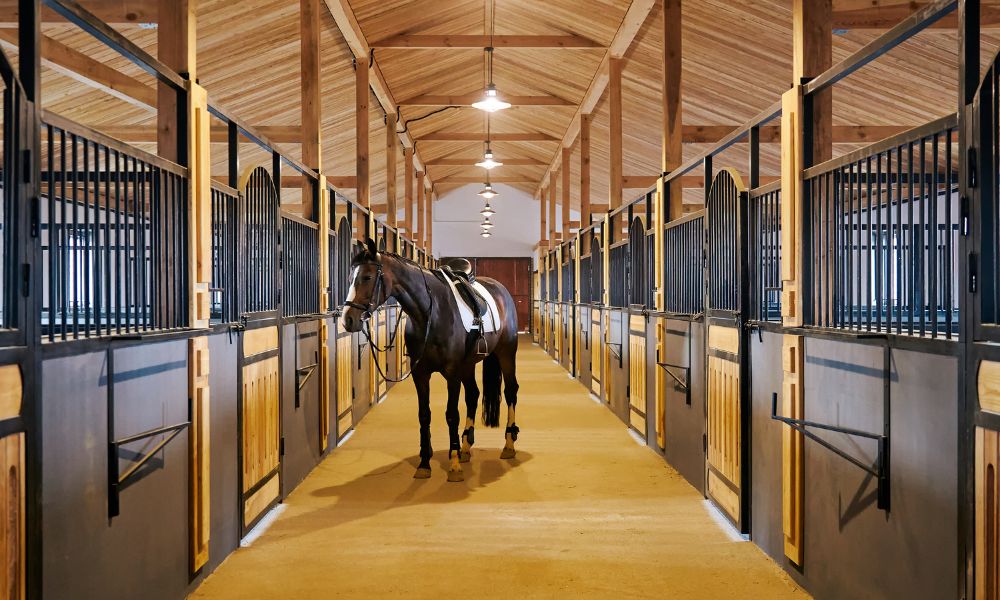Hosting a top-notch equestrian event is not a simple task, but with proper planning, you can market your stable, generate revenue, and create support in your local equestrian community. A memorable experience for competitors and spectators alike can showcase your property in the luxury equestrian market. Here are a few valuable tips for hosting a successful equestrian event.
Preparation and Planning
Determine which events you’ll include in your horse show, from dressage to jumping to a full-blown competition. Find out the requirements, including available dates and fees, if you’ll be hosting a rated event. Try to schedule things appropriately so you won’t conflict with other events, whether you’re hosting a rated event or not.
Create a detailed budget, considering expenses like arena maintenance, staff payment, emergency services, and marketing. Reach out to potential sponsors to further promote your event and provide additional support.
Consider making your show a charitable event, where sales of concessions, a portion of entry fees, or sponsorships go to support a local charitable organization.
Identify an event team, assigning roles such as competition manager, course designer, grounds master, and secretary to keep things running smoothly. Obtain any necessary permits and insurance coverage, plus show ring equipment (fences, gates, and other obstacles for jumpers).
Lining Up Judges and Officials
Hire experienced, reputable judges and officials for your event. Consult local equestrian organizations who may be able to provide lists of qualified horse show judges for your type of event. Communicate clearly with the officials who agree to serve, especially regarding the event schedule and competition rules.
Stable and Stall Appearance
Most competitors will bring their stall decorations, including stall drapes and name banners, plus tack trunks and grooming boxes. Consider decorating each stall with your monogram, barn name, or logo, while leaving room for competitors to personalize their stalls if your event will have only as many competitors as you have stalls available.
Parking for Cars and Horse Trailers
Designate separate areas for car and horse-trailer parking. Make sure you’ve arranged for overflow parking if your property can’t sustain the wear of many cars and you’re expecting a large number of competitors and supporters.
Provide clear signage and staff assistance to direct guests to designated parking spots, and from parking to the barn or spectator area. Maintain well-groomed and safe areas for equestrians to unload their horses from their trailers and prepare for competition.
Spectator Seating
Offer comfortable, shaded seating options for spectators. Position seating areas to provide an optimal view of the competition. Ensure there is adequate space for spectators to move around and access amenities safely.
Food and Drink
Hire a catering service or food trucks to provide a variety of food and beverage options for guests. Set up shaded tables and seating areas near the food vendors, providing a comfortable dining experience.
Safety, Veterinary, and Emergency Services
Make sure you have a licensed veterinarian and certified EMTs on-site throughout the event, ensuring the well-being of competing horses and their riders. Establish a clear emergency plan that includes designating staff members trained in first aid to lead volunteer teams and record contact information for nearest hospitals and emergency veterinary clinics. Plus, have a backup plan in case severe weather interrupts your event. Keep first aid kits accessible around the event grounds.
With careful planning you can create a successful equestrian event that showcases your property, attracting competitors and spectators eager to return for future competitions.







